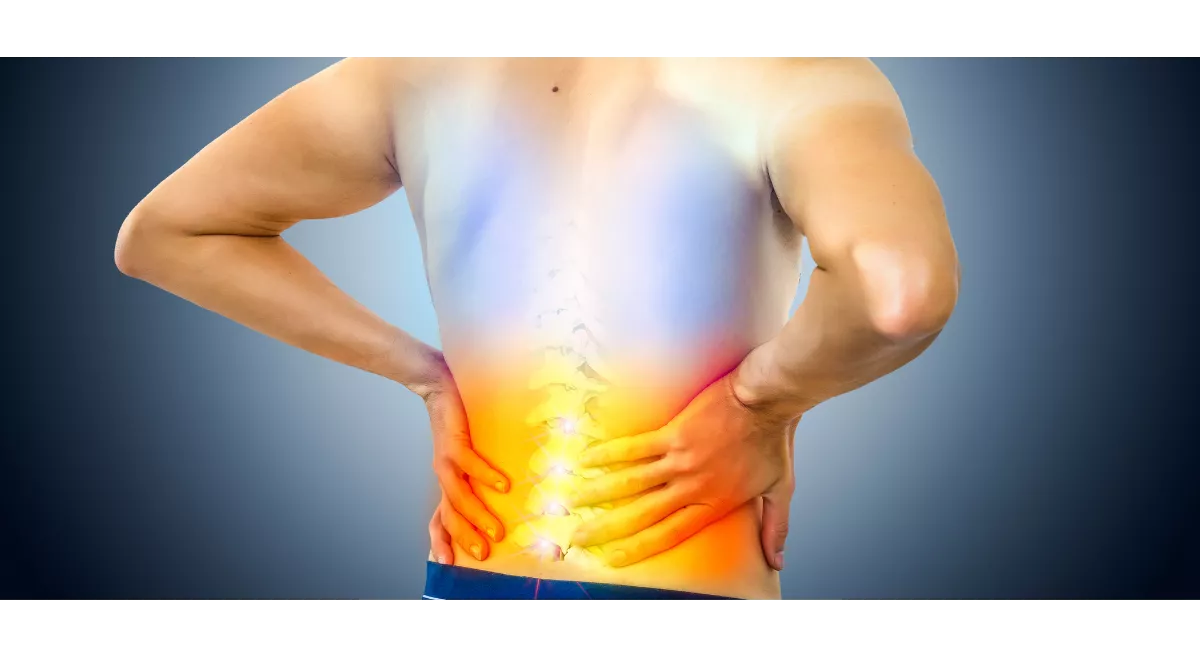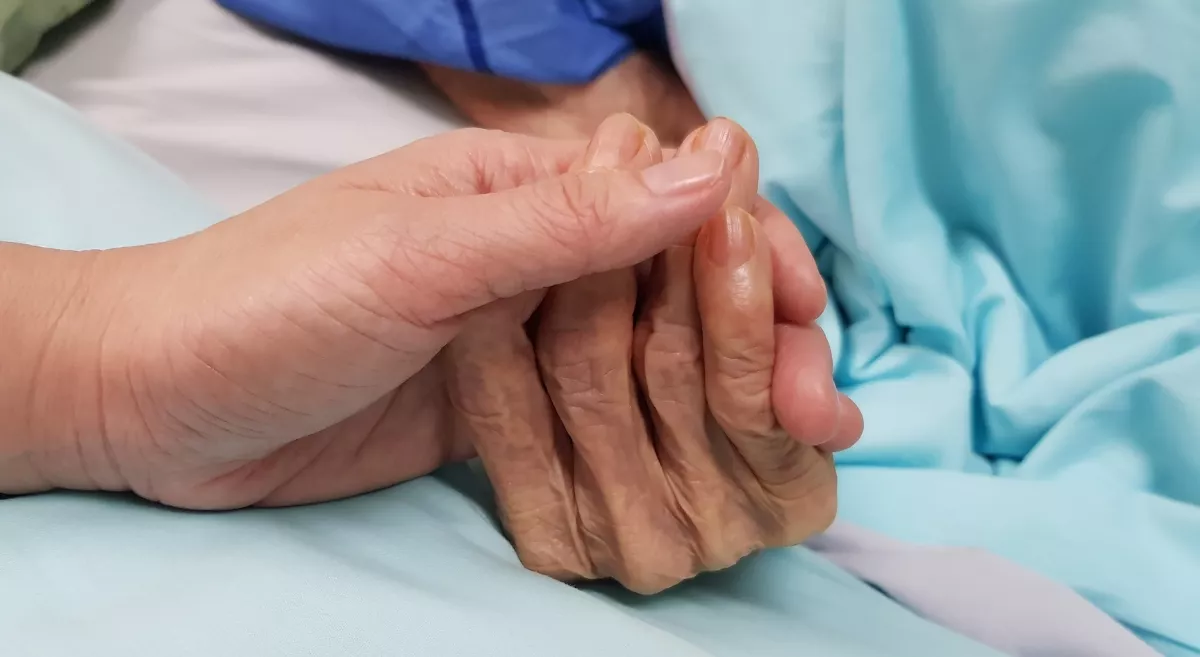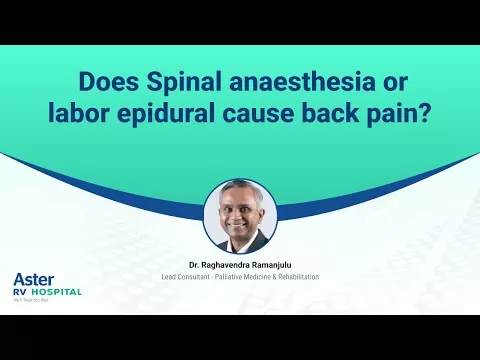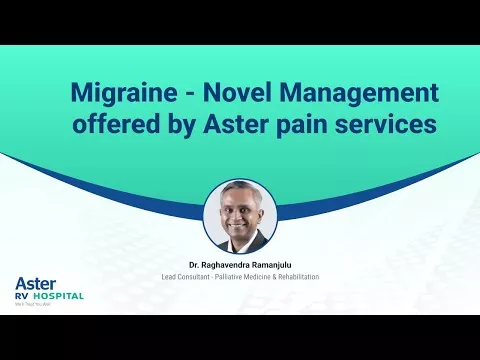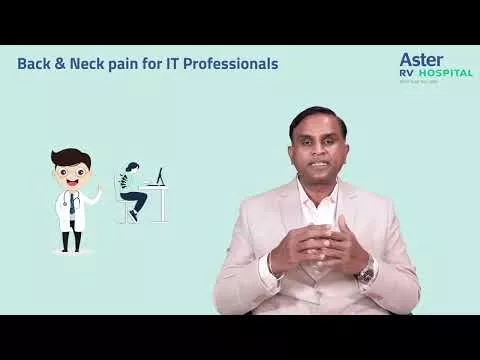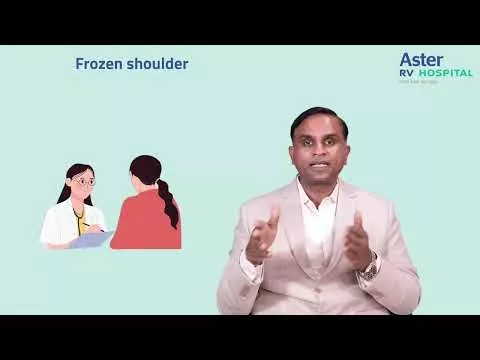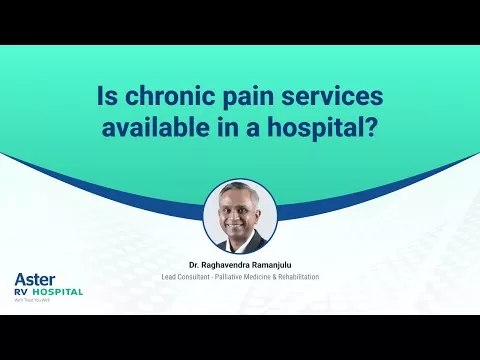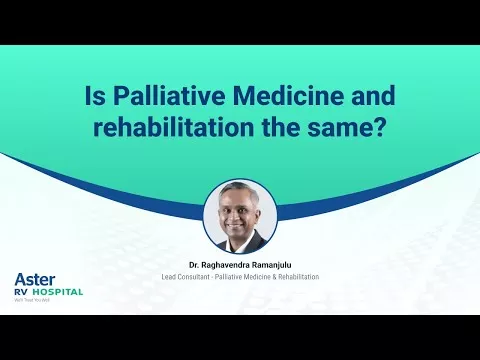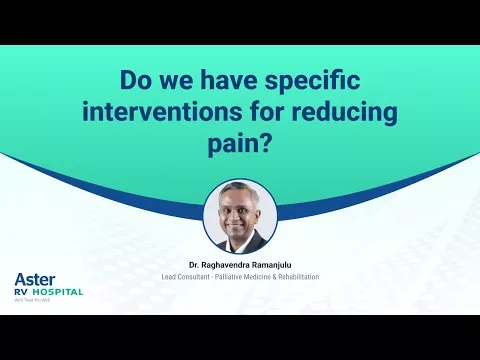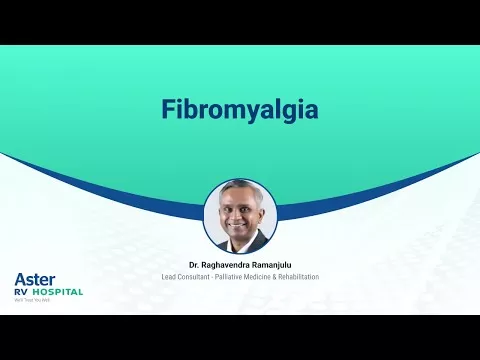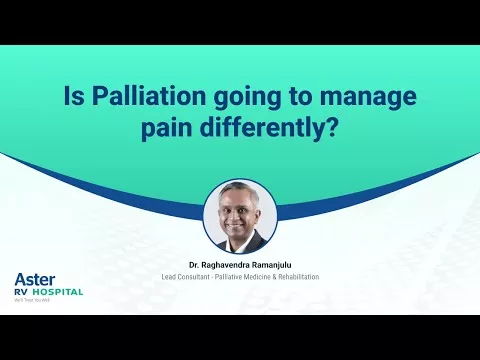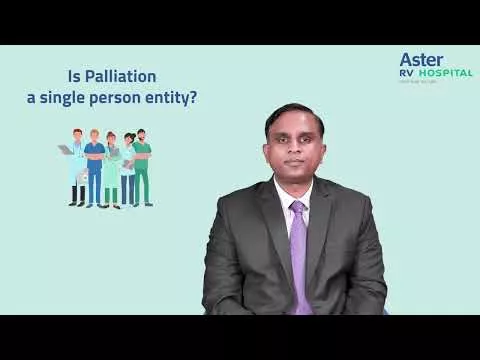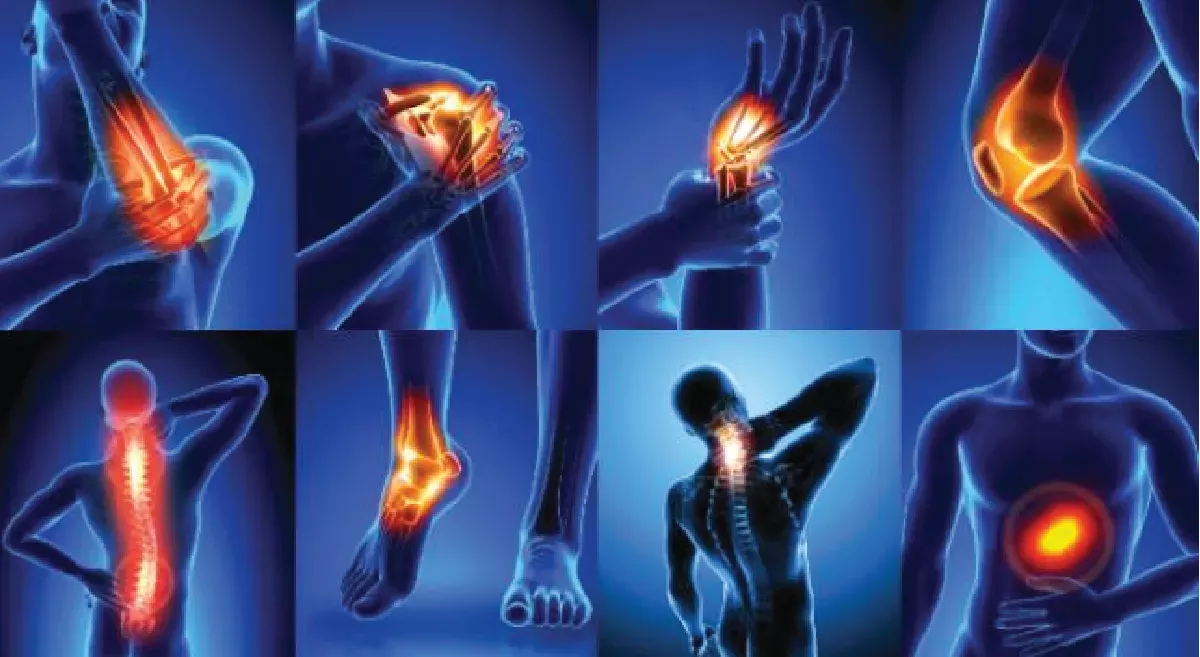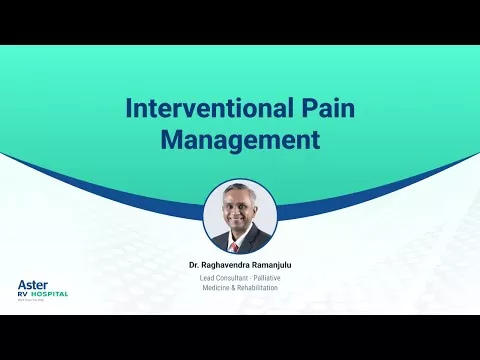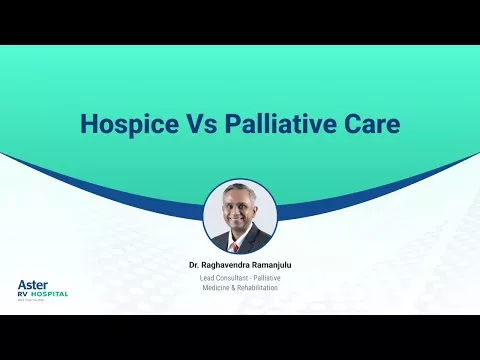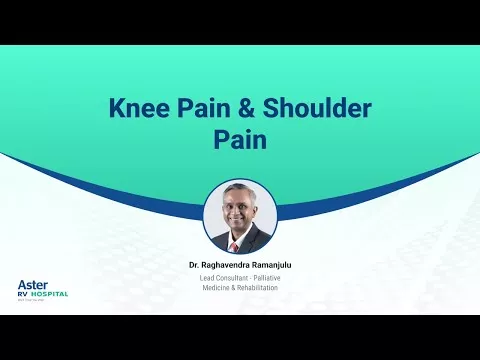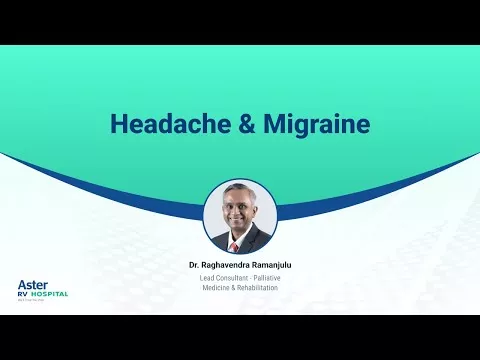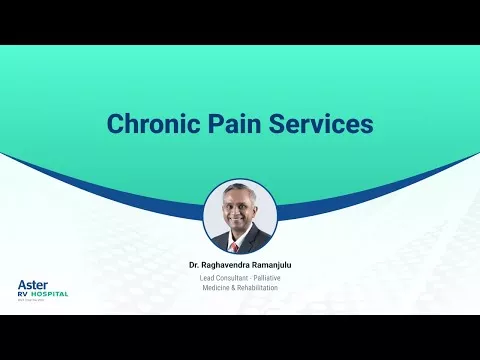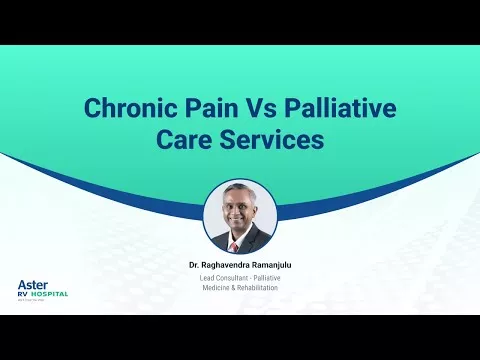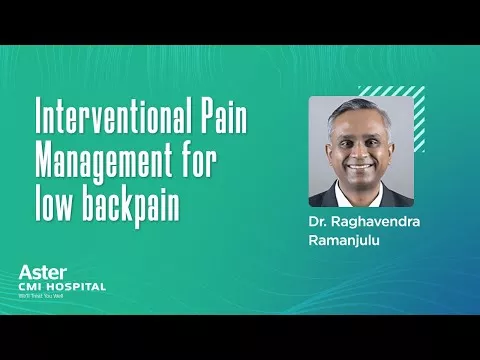Chronic pain is a persistent condition affecting millions of people worldwide, often disrupting daily life and diminishing quality of life. Unlike acute pain, which serves as a protective response to injury, chronic pain lingers long after the initial injury has healed or even in the absence of an identifiable injury. Breaking the cycle of chronic pain requires a multifaceted approach that addresses not only the physical symptoms but also the underlying biopsychosocial factors that contribute to its persistence. Here’s a comprehensive guide to managing chronic pain effectively.
1. The Importance of Accurate Diagnosis
The first and most crucial step in breaking the chronic pain cycle is achieving the correct diagnosis. Chronic pain is a complex and often underdiagnosed condition, presenting with symptoms that may overlap with other illnesses. A thorough and accurate diagnosis is essential because it lays the foundation for an effective treatment plan. Misdiagnosis or delayed diagnosis can lead to ineffective treatments, prolonged suffering, and worsening of the condition. Therefore, a comprehensive evaluation by a skilled pain specialist, often involving a multidisciplinary team, is necessary to pinpoint the exact cause of the pain and guide the treatment strategy.
2. Understanding the Biopsychosocial Model of Pain
Chronic pain is not just a physical issue; it has profound biopsychosocial implications. The biopsychosocial model of pain management acknowledges that chronic pain is influenced by biological, psychological, and social factors. This model underscores the need for a comprehensive approach that integrates various aspects of care.
Biological Management
Biological management involves addressing the physical aspects of pain. While pharmacological treatments, such as analgesics and anti-inflammatory medications, play a role in managing chronic pain, they should not be the sole focus. Non-pharmacological interventions, such as proper sleep hygiene, a healthy diet, regular exercise, and lifestyle modifications, are equally important.
- Sleep: Ensuring adequate sleep—both in depth and quality—is crucial, as poor sleep can exacerbate pain and hinder recovery.
- Diet: A diet rich in fiber, low in processed foods, and with adequate fluid intake supports overall health and helps manage pain. Patients should also avoid excessive caffeine and fizzy drinks, which can disrupt sleep and contribute to dehydration.
Psychological Management
Psychological factors play a significant role in chronic pain, often creating a vicious cycle where pain leads to psychological distress, which in turn worsens the pain. Anxiety, depression, and stress can negatively impact sleep, further exacerbating pain and delaying recovery.
- Psychotherapy: A psychological assessment is critical in identifying these factors, and appropriate psychotherapy can help break the pain cycle. Cognitive-behavioral therapy (CBT) and Acceptance and Commitment Therapy (ACT) are effective approaches that help patients manage their pain by changing negative thought patterns, reducing stress, and improving coping mechanisms. These therapies aim to address the psychological aspects of pain, improve sleep quality, and ultimately enhance the patient's overall well-being.
3. The Role of Rehabilitation
Rehabilitation is a vital component of chronic pain management. Physiotherapists play a crucial role in helping patients regain mobility and reduce pain through tailored exercise programs.
- Exercise and Flexibility: Stretching exercises are particularly beneficial for improving flexibility and reducing muscle tension, which can help alleviate pain. However, rehabilitation should not be limited to exercise alone; it should also include guidance on ergonomics and preventive strategies to avoid further injury.
- Ergonomics: Proper ergonomics are essential in preventing repetitive strain injuries, especially for patients who are returning to work or performing daily activities.
Occupational Therapy
Occupational therapists are integral to the rehabilitation process. They work with patients to develop individualized plans that focus on preventing further injury and improving functional abilities.
- Adaptive Strategies: These plans may include adaptations to the work environment, recommendations for assistive devices, and strategies for managing daily tasks. By addressing the specific needs of each patient, occupational therapists help them maintain their independence and improve their quality of life.
4. Returning to Work: A Key Goal
One of the ultimate goals of chronic pain management is to help patients return to work. Employment is not only a source of income but also a critical factor in a person’s sense of identity, self-worth, and social connectedness.
- Work Reintegration: Returning to work can boost a patient’s confidence, reinforce their sense of purpose, and contribute to their overall recovery. The interdisciplinary team should focus on helping patients feel ready and capable of returning to work by addressing both the physical and psychological barriers that may be preventing them from doing so. This may involve gradual reintroduction to work tasks, modifications to the work environment, and ongoing support to ensure a successful transition back to employment.
Conclusion: A Comprehensive, Interdisciplinary Approach
Breaking the cycle of chronic pain requires a comprehensive, interdisciplinary approach that addresses the physical, psychological, and social aspects of the condition. Accurate diagnosis is the cornerstone of effective pain management, enabling tailored treatments that target the underlying causes of pain. A biopsychosocial approach ensures that all facets of the patient’s experience are considered, from biological management to psychological support and rehabilitation.
